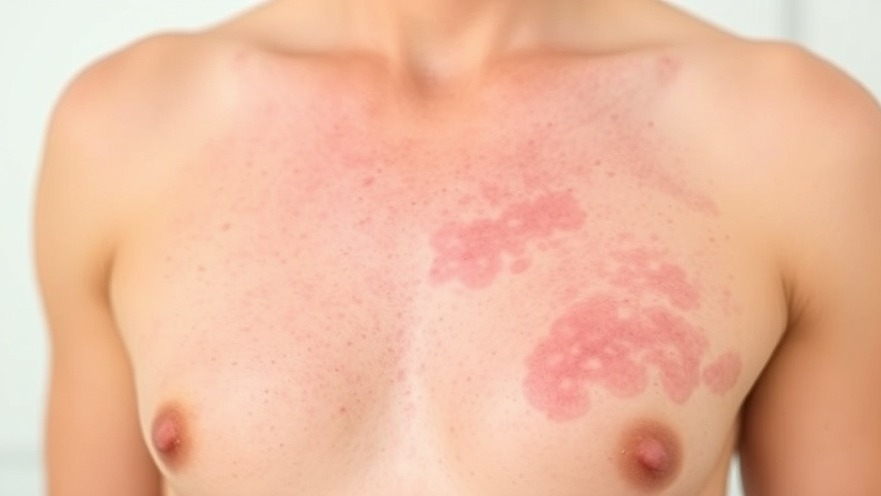
Understanding Drug Rashes: A Common Concern
In the realm of medicine, rashes are often a common side effect of many medications, particularly antibiotics. For doctors and patients alike, understanding what constitutes a simple rash versus a more serious reaction is crucial. After all, being treated for one ailment should not lead to worrying about another. Patients may find themselves battling itchy patches and red bumps, feeling frustrated while trying to navigate their treatment.
Identifying Different Types of Drug Rashes
There are primarily two types of drug-related rashes that one should be aware of: immediate allergic reactions and delayed rashes. The immediate type manifests typically as hives within hours of taking a medication. These hives can quickly spread and may lead to alarming symptoms like swelling or breathing difficulties, signaling the need for immediate medical attention.
Conversely, the delayed type appears days later—usually between four and fourteen days after beginning a new drug regimen. This type appears as clusters of pink and red bumps that may start on the torso before traveling to limbs. Unlike hives, these rashes tend not to shift around and may eventually peel, similar to skin responses following sunburn. For both types, prompt identification and intervention can yield a quicker recovery.
When to Seek Medical Care
While most drug rashes might resolve on their own with minimal intervention, some can indicate more serious health risks. Patients experiencing full-body reactions like severe hives may require emergency attention due to potential respiratory issues or drastic drops in blood pressure. Educating patients about these warning signs can significantly impact their well-being.
The Role of Patient Communication
For concierge medical practices, establishing solid communication channels with patients can help demystify concerns and foster an atmosphere of trust and empathy. Patients should feel empowered to report symptoms and ask questions—instilling a culture where health issues, even seemingly minor ones like rashes, are addressed thoroughly.
Promoting Awareness through Education
Ultimately, educating patients about drug rashes can help them manage their health proactively. As concierge medical practice owners, integrating informational resources about potential drug side effects into patient interactions can strengthen relationships and position practices as trusted health authorities. Informative materials or discussions can highlight both the normalcy of certain rashes and the red flags that prompt immediate care.
This proactive educational approach not only enhances patient care but also establishes your practice as a reliable and knowledgeable entity in addressing wellness concerns. This type of patient engagement is essential in ensuring that individuals understand their treatment fully and can be involved in their care decisions.
Concluding Thoughts: Elevating Your Practice
As our understanding of drug rashes and their implications grows, so too does the opportunity for concierge medical practices to elevate their service. Consider regular training for your staff on the latest in drug reactions and patient communication strategies.
By prioritizing education, you'll not only enhance patient well-being but also solidify your standing as a top local provider. In a world where health is paramount, establishing a reputation grounded in knowledge and compassion can set your practice apart.
 Add Row
Add Row  Add
Add 




Write A Comment